Lastly: After All That Trouble, I’m Moving the M.2 SSD from the Flex Connector
So, because of the confusion with the ordering of this computer, I didn’t receive it how I had configured it on the Lenovo site. The IT person ordered it with a RAID card option, which led to having “Blind Connect Assemblies” (BCAs) with SAS cables that need to be connected to a RAID card. Fortunately, the configuration change also included the “FLEX RAID Adapter” card. But it wants to be plugged into the only Flex Connector/adapter/whatever slot that comes on a P500 or P700 motherboard. I asked Lenovo support forums if I could just move this other card to another PCIe x16 slot and secure it with a zip tie (since it wouldn’t have a bracket elsewhere on the board), but they said no, that other signals have to go through that flex slot, and only the FLEX PCIe slot is set up to handle that, or something. I actually do believe the Lenovo staff forum person, because it’s clear they know their stuff from other posts I’ve read.
The BCA boards are really a cool idea for sliding in drives, although completely unnecessary. But now that I have them, I want to make them work, instead of just removing them and using SATA cables and power cords from the PSU. If you’re not understanding what I’m saying, these are little SATA and power slots in the back of the drive bays, and you place a 3.5″ or 2 x 2.5″ or even a 3.5″ and a 2.5″ in one of the little drawers that fit in the bays, and then you can just slide it in all the way, and it’s connected. No more messing with cables, aside from the initial plugging in and routing of the BCA boards.
I’m going to move the M.2 SSD drive from the M.2 Flex mezzanine card, add it to an Addonics-brand PCIe 3.0 x4 card called the “ADM2PX4,” and install it into a different PCIe slot on the board. Then I’ll remove the M.2 Flex mezzanine card. Then I’ll take the Flex RAID mezzanine card that had up until now been gathering dust on the parts table, and install it in the now-open Flex slot. I’ll then plug the mini SAS cables into it to transfer data from expansion drives. I will also plug the BAC boards into the 4-pin power connectors on the mobo. When I get this going next week, assume all is wonderful unless I come back and update this post with bad news.
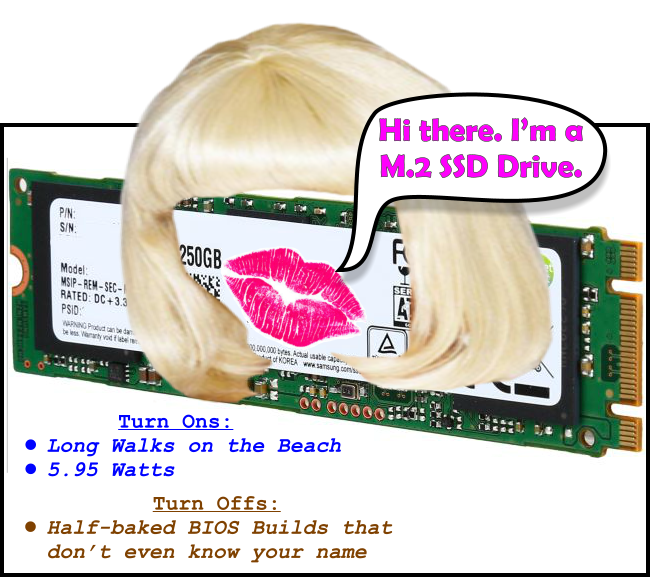
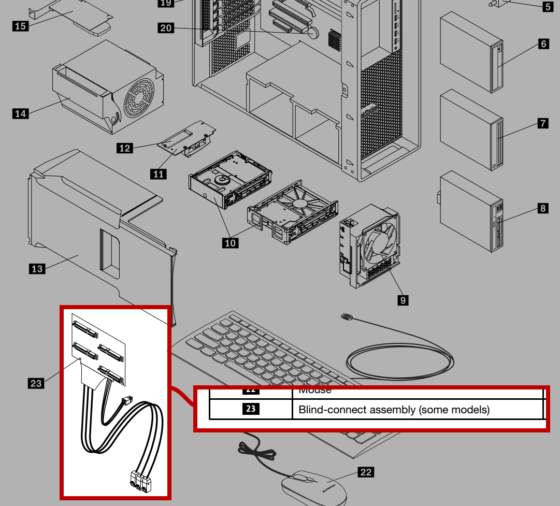
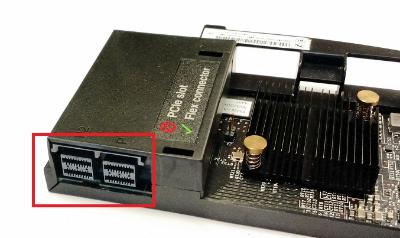

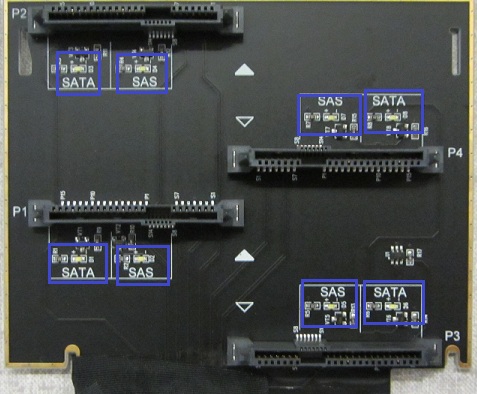
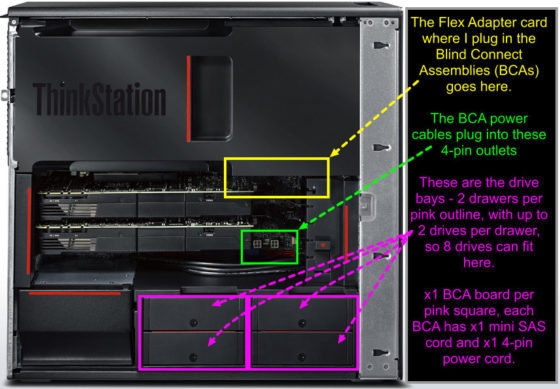
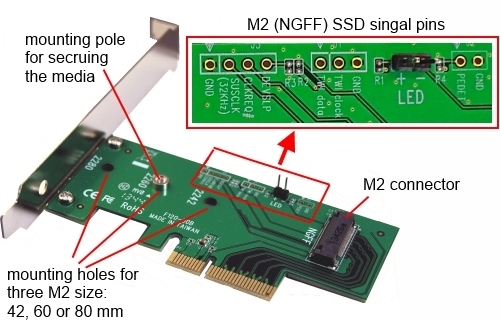



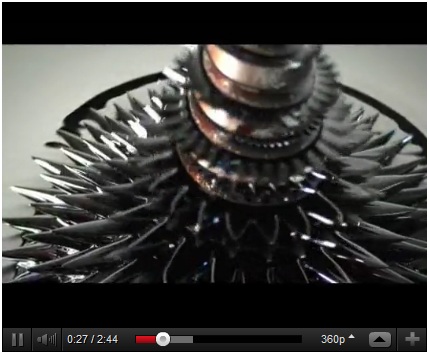




Blaine C.
Kris – thanks for a great write-up! I was preparing to do the same exact build for a Revit workstation except with an E5-2367v3 & the K4200. I would like to use the M.2 card as both my boot & data drive – is that possible? My IT guy can’t seem to get me an answer. Also, how are you liking the 10gb to the server? Can that be done over CAT6?
Blaine C.
I also have the 1630 right now – it’s great.
Kris Bunda
Hi Blaine – Thank you!
The 10gb to the server REALLY made a difference. Large CAD files that had taken 30seconds to open may open in 7 or 10 seconds now. Or at least that’s my perception. I don’t want to set you up for too high expectations though, it’s not immediate. Also, I’m bitterly disappointed in how much of a bottleneck the internet service remains to be for when I try to open CAD files over VPN remotely. And yes, I believe our IT person said it had to be over CAT6, and he specifically had to patch that line into my workstation area (as opposed to the CATV ports on the wall outlet next to it).
The M.2 is really good. Even though I moved it from the Lenovo mezzanine card to another PCIe x4 slot (I don’t remember if I explained all that), it doesn’t seem to make a difference. I’m thinking both the FLEX slot and another PCIe 3.0 x4 lanes slot are theoretically the same thing.
You could definitely have your m.2 as both a boot and the drive you keep a lot of your files on – just like when you buy most computers, they often only have one hard drive. My only problem is that CAD files tend to get so large so fast that I’d rather just have them on a second (also fast) drive, like a different SSD. I’ve even gained more respect for mechanical drives, like the 2.5″ 10,000 RPM ones. I have one in my laptop to store some CAD files and photos on, and they load surprisingly fast. But I still require an SSD as the boot drive for the OS and programs to run from.
Hope my opinions answer your questions. If your IT person has some questions on setting up the M.2 with another drive (or if he’s having probs getting M.2 to work as boot drive for windows7), let me know, maybe I can help. There’s also a VERY helpful Lenovo staffer on the Lenovo forums with screen name “PSTurtle” (if memory serves). That person really helped me along in understanding much of the new “FLEX” module stuff Lenovo is selling that has such obscure and confusing documentation.
You’re reminding me that I should make a followup post on setting up the BIOS to use the m.2 card in a riser card in a different slot, while using the mezzanine “FLEX” slot for the HDD bays via LSI RAID card, and how to then set the m.2 card as boot and still have any other drives you push into the bays show up in the operating system. Because it wasn’t exactly intuitive. And it wasn’t automatic by any means.
Kris Bunda
Yes, that’s a real snappy processor, I’m really happy with it.
Frankly, I don’t understand why anyone would take more cores over speed, at least when it comes to most CAD tasks. Sure, on SolidWorks drawings, each view supposedly is assigned to a different core, making for “multi threading”. But aside from drawings, most modeling or simulation can pretty much only be single threaded linear solving (last I knew).
Perhaps it’s a completely different story for other CAD that isn’t solid model-focused.